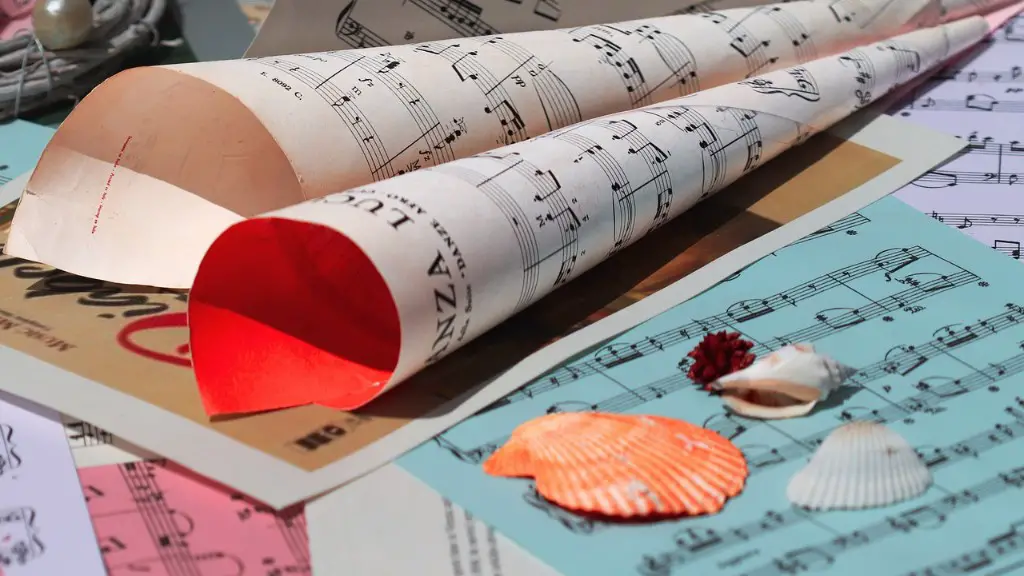Cats are one of the world’s most beloved pets and one of the most popular subjects for artwork. If you’re looking to create a beautiful and unique piece of art centered around cats, learning how to draw a cat’s face is a great place to start! Follow the tips and techniques outlined below and you’ll be able to draw your own stunning cat portraits in no time.
The first step to drawing a cat’s face is getting the shape right. Cats have a multitude of different faces and finding the facial structure that looks best for your piece is the most important step. Start by lightly sketching out a basic face shape in pencil. Everything else will build off this basic outline.
Next, use the sketch to accurately place the cat’s ears, nose, and muzzle. Don’t draw the individual details just yet, but make sure the general shape is in proportion. Then, add eyes and any whiskers. This step is a great opportunity to show off your creativity, as cats come in a variety of eye colors and whisker lengths. Some cats even have unique markings that can be used to give your artwork a more interesting look.
Once the main parts of the cat’s face are in place, the details can be added. Start with the fur. Use short and light pencil strokes to fill in the face and create realistic texture. Don’t worry about making it perfect yet and focus on getting the basic fur pattern down. After that, add shading for extra dimension and define any details like the pupils, nostrils, and whisker tips.
Once you’re happy with the cat’s face, it’s time to fill out the rest of the drawing. Put in some extra elements like a background, a frame, or other decorations. These elements can be used to add impact and your own personal touch to the piece. If you’re feeling brave, why not add a speech bubble or thought cloud as well?
With practice and patience, you’ll be able to unlock the secrets of art and draw a cat’s face with ease. Remember, every piece of art is unique and you should try to experiment and discover your own approach to drawing. Use these tips to get started, but don’t be afraid to think outside the box and create something truly beautiful.
The key to creating a beautiful cat portrait is in understanding the anatomy and strucutre of the animal’s face. Begin by sketching a basic shape, then narrow your focus. Consider the size of the eyes, nose, whiskers, ears and muzzle. Once you have a clear idea of the facial anatomy of your cat, add in details with shading.. Use soft pencil strokes to create realistic fur and experiment with different eye colors and whisker lengths. You can also add features like speech bubbles or thought clouds to add a bit of extra magic.
When it comes to bringing your cat’s face to life, shading is your best friend. The technique of light and dark will give your portrait a beautiful three-dimensional effect. The possibilities are endless and getting creative with your own shading technique is a great way to add unique flavor to your artwork.
Finally, don’t forget to add a bit of you to your drawing. Incorporate trendy designs, cartoon eyes, and other elements to truly make the artwork your own. After all, while it’s important to learn the basics, the only limit is your own imagination.
When it comes to cats, the possibilities are endless – but the fundamentals are crucial. Start with a basic shape, then move on to the details. Think about proportions, perspective, and anatomy. Experiment with shading, pencil strokes, and color. And add a bit of yourself to the piece for a truly unique and stunning cat portrait.
If you love cats as much as we do, you know the joy you get from seeing a kitty up close. You can employ these same techniques to bring the joy of cat gazing to life – all on paper. So grab your sketchbook, let your creativity flow, and get ready to draw your own amazing cat’s face!
